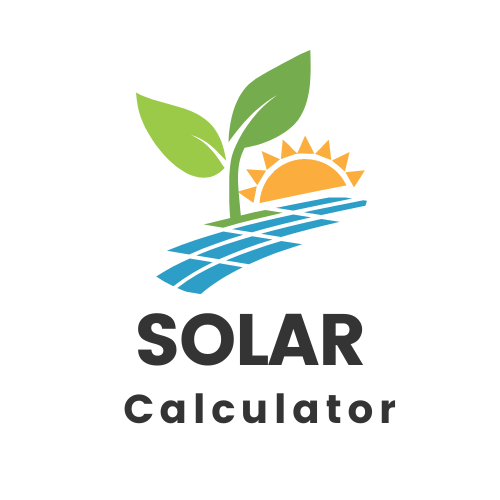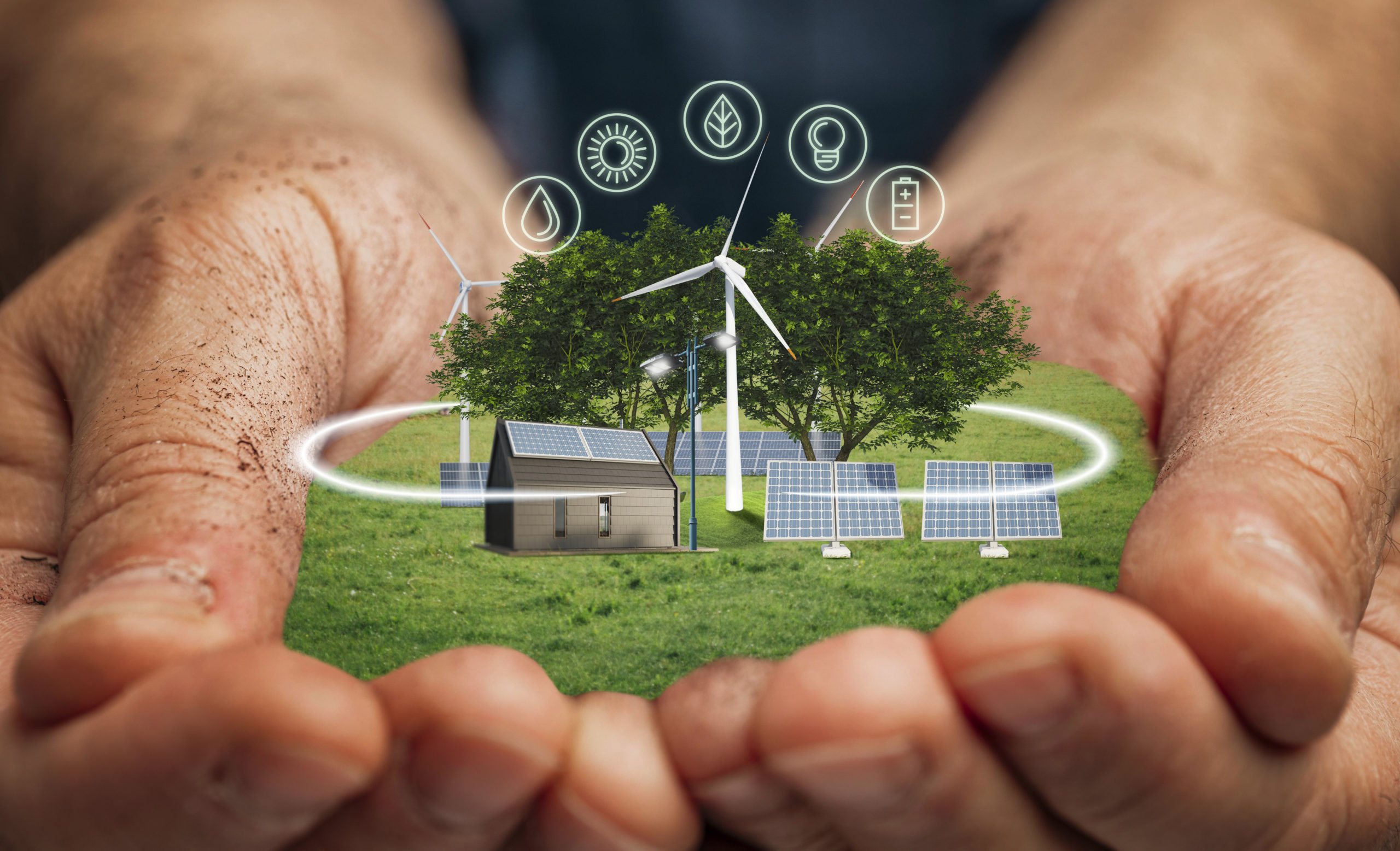In the continuous pursuit of cleaner and more sustainable energy solutions, renewable energy sources have come to play a crucial role. Solar energy, among these sources, has solidified its position as a widely adopted and easily attainable means of capturing solar power. However, it remains essential to examine solar energy within the broader context of alternative sources, including wind, hydro, and geothermal energy. In this blog post, we will engage in a thorough comparison of these renewable energy sources, with the aim of elucidating their distinct advantages and drawbacks.
Solar Energy: Embracing the Sun’s Power
Strengths:
Abundant and Accessible: Solar energy is abundant across a significant portion of the Earth’s surface. Wherever sunlight touches, the potential to capture and employ this energy source is present, establishing it as a practical choice for various locations and applications.
Low Environmental Impact: Solar panels produce no greenhouse gas emissions during energy production, making it one of the cleanest forms of energy available.
Scalability: Solar systems can be installed at various scales, from small rooftop installations to massive solar farms, making it adaptable for residential, commercial, and industrial use.
Minimal Maintenance: Solar panels require minimal maintenance, primarily limited to occasional cleaning, ensuring long-term reliability.
Weaknesses:
Intermittent Energy Production: Solar energy production is dependent on weather and daylight hours. This intermittent nature can be a limitation in regions with extended periods of cloud cover or limited sunlight.
Energy Storage Challenges: To overcome intermittency, solar systems often require energy storage solutions, such as batteries, which can add to the cost and complexity of the system.
Upfront Costs: The initial investment in solar panels and associated equipment can be substantial, although this cost is decreasing over time.
Wind Energy: Embracing the Wind’s Power
Strengths:
High Energy Production: Wind turbines can generate a significant amount of electricity, especially in regions with consistent and strong winds.
Clean Energy Source: Like solar, wind energy production is clean and does not emit greenhouse gases during operation.
Land Multifunctionality: Wind farms can coexist with other land uses, such as farming, allowing for a dual purpose for the land.
Weaknesses:
Land and Noise Concerns: Wind turbines require large amounts of land, and some people may find the noise and visual impact objectionable.
Environmental Impact: The construction and maintenance of wind turbines can have some environmental impact, including bird and bat collisions.
Intermittency: Wind energy is also intermittent and dependent on wind conditions, which can lead to fluctuations in energy production.
Hydro Energy: Embracing the water Power
Strengths:
Consistent Energy Production: Hydroelectric power plants provide consistent energy production, as they are not reliant on weather conditions.
High Energy Density: Water has a high energy density, allowing for substantial energy generation even in smaller-scale installations.
Long Lifespan: Hydroelectric power plants have long lifespans, often exceeding 50 years.
Weaknesses:
Environmental Impact: Large-scale hydroelectric dams can disrupt local ecosystems, impacting fish migrations and water quality.
Limited Suitable Locations: Hydro energy is dependent on the availability of suitable water resources, which may not be present in all regions.
High Initial Investment: The construction of hydroelectric dams can be capital-intensive, and their impact on local communities and ecosystems may lead to opposition.
Geothermal Energy: Embracing the Earth’s Power
Strengths:
Consistent Energy Production: Geothermal power plants provide stable, year-round energy production by tapping into the Earth’s heat.
Low Environmental Impact: Geothermal energy has a low environmental footprint, emitting fewer greenhouse gases compared to fossil fuels.
Longevity: Geothermal power plants have long operational lifespans, often exceeding 30 years.
Weaknesses:
Location Specific: Geothermal energy is limited to regions with access to geothermal reservoirs, making it unsuitable for many areas.
Resource Depletion: Over time, geothermal reservoirs can be depleted, potentially leading to a decline in energy production.
Upfront Costs: The initial cost of drilling and building geothermal power plants can be significant.
Conclusion
each renewable energy source offers unique strengths and weaknesses, making them more or less suitable for specific applications and locations. Solar energy is versatile and accessible but has intermittent production. Wind energy is high-yielding but may face land and noise issues. Hydro energy is consistent but can have significant environmental impacts. Geothermal energy provides stable output but is location-dependent.
Ultimately, the choice between these renewable sources will depend on the specific needs, resources, and environmental considerations of a given project. In many cases, a combination of these sources can provide a reliable and sustainable energy solution, mitigating the weaknesses of each individual source. The future of renewable energy lies in the smart integration of these resources to create a more robust and resilient energy infrastructure.

